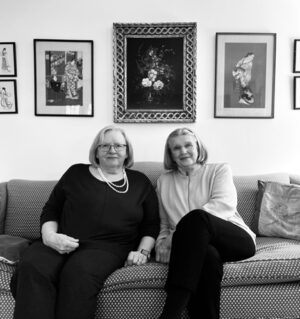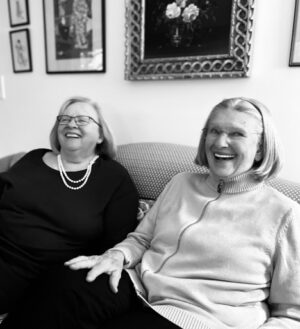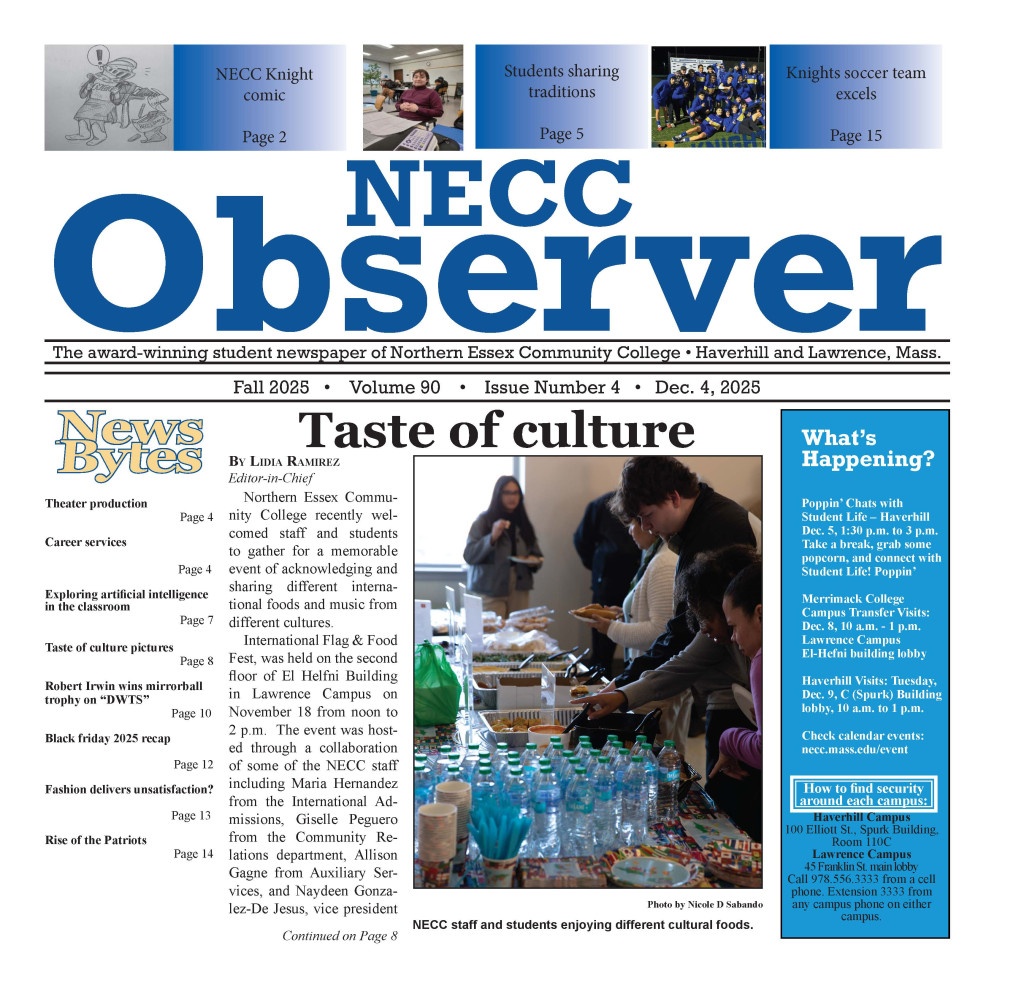In today’s world, the climate crisis has made its way into everyday dialogues.
This issue, though it has remained persistent for decades, has proved that it will most negatively affect Gen Z, predominantly people of color and other minorities. Despite continuous negligent feedback from government officials, activists proceed to push back and demand sustainable change; many advocate for the use of alternative energy sources to replace extremely harmful fossil fuels.
The goal of new energy, while achievable, remains out of reach. Though it may seem unattainable at this time, it is still possible to effectively make the switch to alternative energy sources if the people stand in solidarity and commit to change; by holding corporations and politicians accountable while also recognizing that capitalism is the root cause of the crisis, as well as beginning with a reduction in the world’s overall consumption of energy, a significant decline in emissions may be seen.
It is necessary to begin with holding corporations and government officials accountable for their prominent roles in exacerbating greenhouse gas emissions. A 2021 report from UMass Amherst PERI used data from a study in 2019 to determine the leading 100 corporations that were at fault for over 70% of emissions.
The results concluded that the top five energy companies alone, being Vistra Energy, Duke Energy, Southern Company, Berkshire Hathaway, and American Electric Power, emitted a total of approximately 425 million metric tons of CO2. Though these corporations may seem far out of our reach, several are parent companies to smaller brands that the general population accesses on a daily basis.
Blackstone, for example, which places 31st on the list with 19 million tons of CO2 emissions, owns Hilton Worldwide, which is the owner of the Hilton Hotels and Resorts, one of the largest hotel chains internationally. One may be quick to take this information and turn it on the individual, the consumer.
This reaction accomplishes nothing, it merely aggravates the already worsening crisis at hand, a matter that can be summarized in an excerpt from Mark Fisher’s, Capitalist Realism; “At this point, suddenly, the causes of abuse or atrocity are so systemic, so diffuse, that no individual can be held responsible… But this impasse – it is only individuals that can be held ethically responsible for actions, and yet the cause of these abuses and errors is corporate, systemic – is not only a dissimulation: it precisely indicates what is lacking in capitalism.”
It is becoming a commonly known fact that it is better to divert the condemnation from the consumer to the corporations or the governments that turn a blind eye to the issues they cause. To effect a substantial transition to alternative energy sources, this must be the first step.
In the acknowledgement of the origin of the climate crisis, it must be acknowledged that capitalism is the core motive. The system itself has, over centuries, become so deeply ingrained in our society that we have entered what is known as “late stage capitalism,” a modernized era in which the economic system has, with its multitude of hypocrisies and absurdities, essentially dug its own grave. In this era, climate change has been provided the opportunity to progress, almost to a “point of no return,” in which the future appears to be grim; to quote Mark Fisher once more, “It is easier to imagine the end of the world than the end of Capitalism.”
According to the 2021 United Nations Report, since the Industrial Revolution, between the years of 1760-1820 when capitalist economies were put in place, the world has experienced a dramatic spike in greenhouse gas emissions. A
dditionally, with the endless efforts from private owners to increase their profit have forced perpetual overproduction while relying on destructive energy sources, it is better to divert the condemnation to the corporations or the governments that turn a blind eye to the issues they cause. The conversation around the climate crisis is constantly evolving, though the issues around it remain pressing for the future.
Despite scientific evidence, general counter arguments are constantly made, such as the claim that fossil fuels are cheaper and more effective than alternative energy sources, and therefore, should remain the primary energy source. However, numerous studies have proved that, in the long run, alternative energies are more cost effective than fossil fuels which have proven to be key contributors to the climate crisis, a fact that outweighs their “effectiveness.”
Again, the path of climate activism is long and ever changing, it is still possible to effectively make the switch to alternative energy sources if the people stand in solidarity and commit to change; by holding corporations and politicians accountable while also recognizing that capitalism is the root, a decline in emissions may be seen.



